

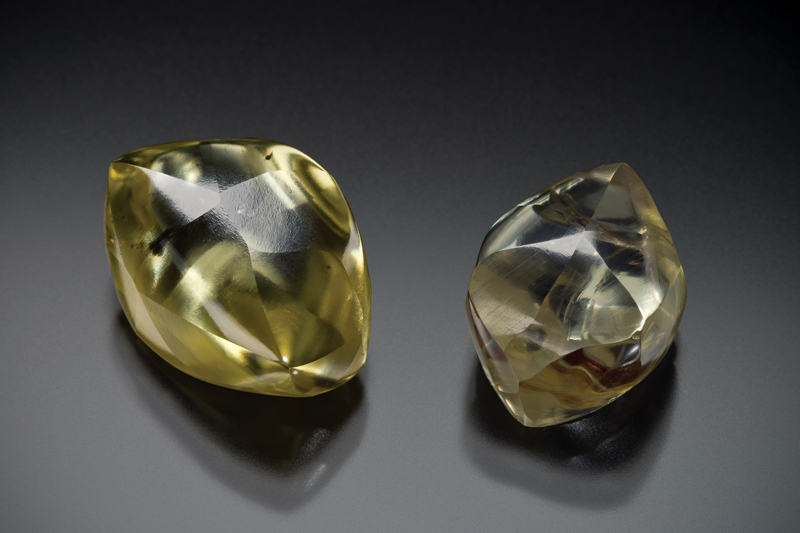
Sustainable Gemstones
Photos by Michael J. Bainbridge and Adam Thomas December 18, 2018
UD master class teaches students, community about gemology
Gemstones are some of the world’s most sought-after items, serving as centerpieces in jewelry or given as gifts on special occasions. But the supply chains of colored gemstones are highly fragmented, with different mining, manufacturing and production issues adding to the complexity of tracing a gemstone to its place of origin.
To help with this issue, the University of Delaware has developed a knowledge hub on gemstones and sustainable development as part of a grant from the Tiffany and Co. Foundation.
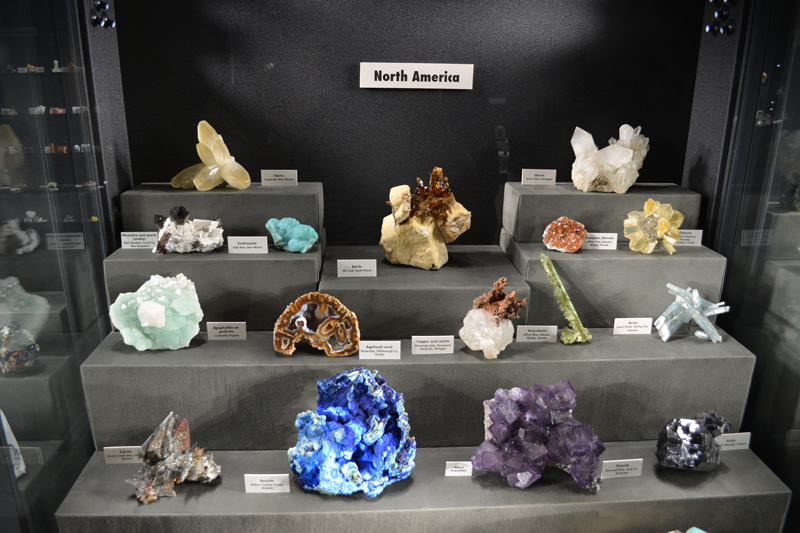
Through this grant, UD recently held a master class on gemology to educate community members and UD students on the history of gemstones, how gemstones are mined and the determination of the origin of gemstones, among other topics.
Saleem Ali, the Blue and Gold Distinguished Professor of Energy and the Environment in the Department of Geography, is the lead on the project and said that the class exposed participants to how gemstones are an important part of consumer’s lives but also have a big impact on society and the environment in both positive and negative ways.
“We need to all work together to improve the supply chain management of gemstones,” said Ali. “The community needs to be able to determine the responsible ways of being a consumer. We need to educate people on the techniques we have at our disposal to trace and track where gemstones come from because gemstones are one of the rare commodities where the origin helps to determine value.”
The master class, which was led by Laurent Cartier, a lecturer and researcher on gemstones at the University of Lausanne in Switzerland, provided participants with an introduction to techniques needed to help determine the origin of gemstones and how that origin could be used by consumers to understand environmental and social impacts of that stone across the supply chain.
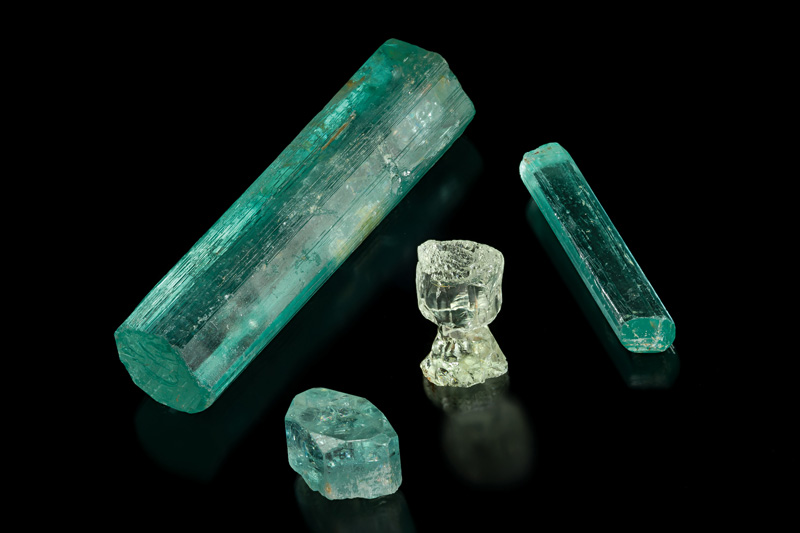
“Our focus is on educating people on how to be more responsible consumers and know where materials are sourced, how they are traced and tracked, and how to put pressure on the industry to have more responsible sourcing of gemstones,” said Ali. “The master class covered all of these topics.”
In addition to learning about these topics, the class attended a special “behind the scenes” tour of the National Gem Collection at the Smithsonian Institution in Washington, D.C. and toured UD’s Mineralogical Museum, a 3,000-specimen collection focused on fine rough minerals, about 350 of which are on display at any time.
Minerals, Materials and Society
In addition to being a tangible outcome of the Tiffany grant, the class was one of the first activities of the Minerals, Materials and Society graduate certificate program being developed at UD, which is a long-term effort being formed with support from the Unidel Foundation.
Ali said that the program will help UD become a leading player in the area of understanding the environmental and social impacts and benefits of the extractive industries.
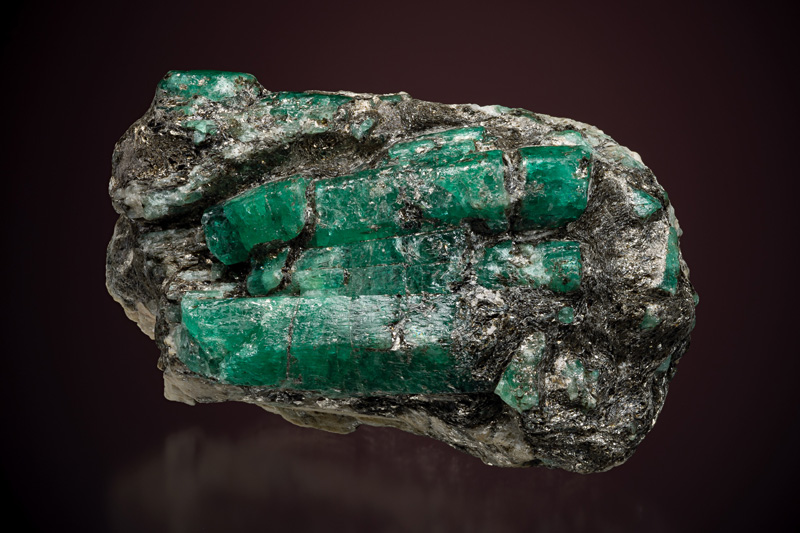
“Gemstones are one part of it, but the program will cover the whole range of the extractive sector such as metals and materials used in electronics,” said Ali. “We have an excellent materials science group and other educational resources at UD, so we’re working with groups across campus to create a comprehensive curriculum for the program.”
Patricia Syvrud, program development manager for the Minerals, Materials and Society program and immediate past executive director of the World Diamond Council, an international organization that represents the diamond pipeline within the United Nations-mandated Kimberley Process forum, said that the program will be a new platform for industry professionals to understand key responsible sourcing initiatives and how to apply them to their businesses.
The program will be geared mostly toward mid-career professionals, and the goal will be to educate people interested in sustainability across sectors to understand the issues and learn how to address them, as well as to help prepare both companies and countries for successful environmental and social supply chain certifications and audits.
“There’s more and more interest from consumers in wanting to know that their purchases not only do no harm but also possibly do good, and that the products are responsibly sourced,” said Syvrud. “Supply chain issues such as sustainability and environmental impact are taken into account by the purchaser. This program is the first and only of its kind, certainly in the United States, that’s taking an interdisciplinary approach to looking at minerals, mining, extractives and the science behind it as well as the policy and supply chain socioeconomic issues.”
Learn more about the Minerals, Materials and Society program at sites.udel.edu/ceoe-mms.
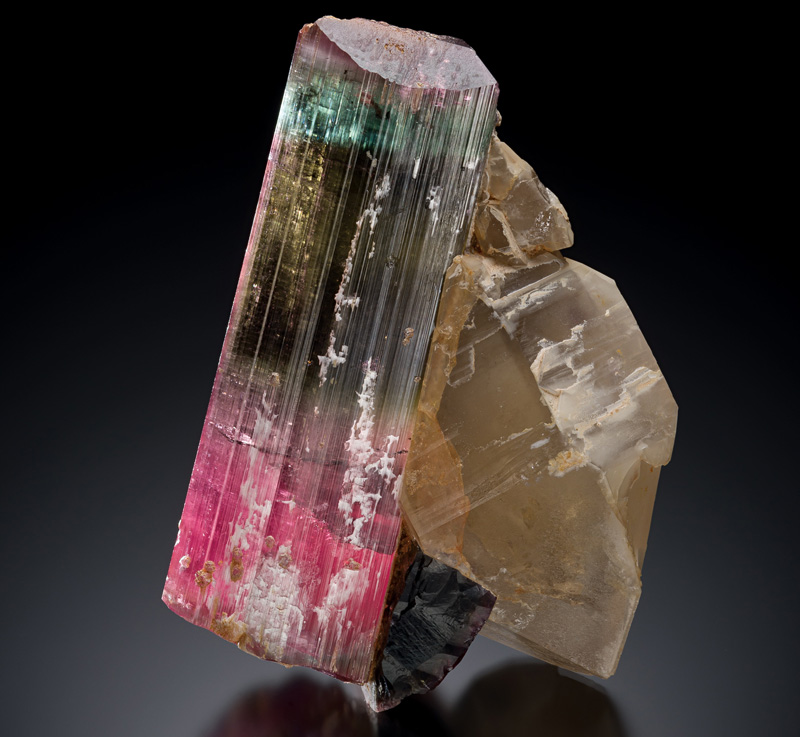
Contact Us
Have a UDaily story idea?
Contact us at ocm@udel.edu
Members of the press
Contact us at 302-831-NEWS or visit the Media Relations website

